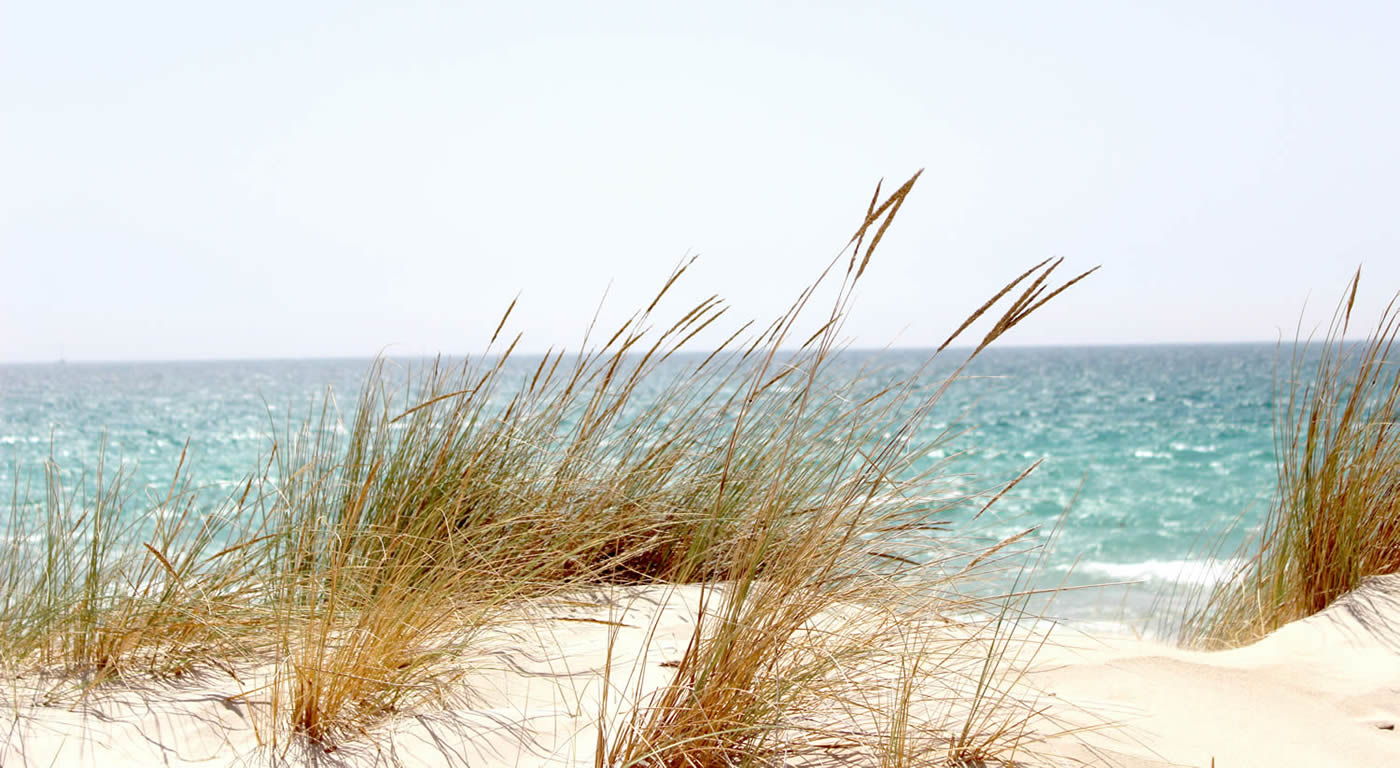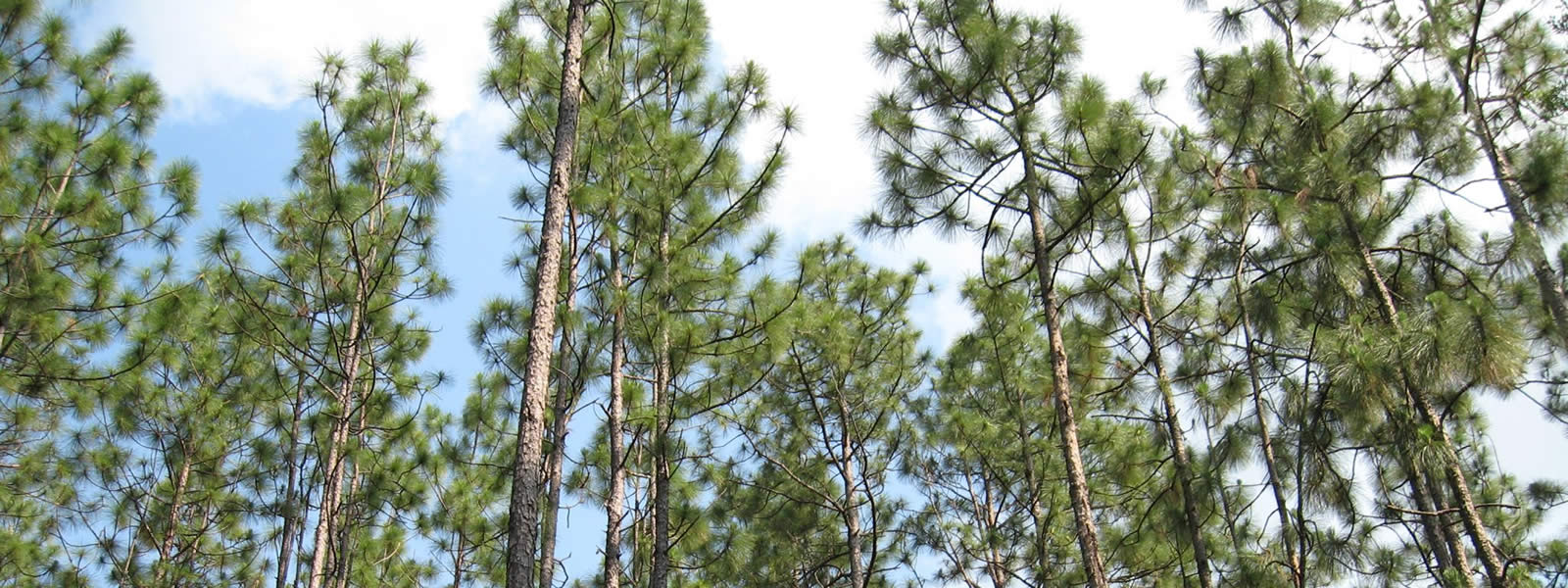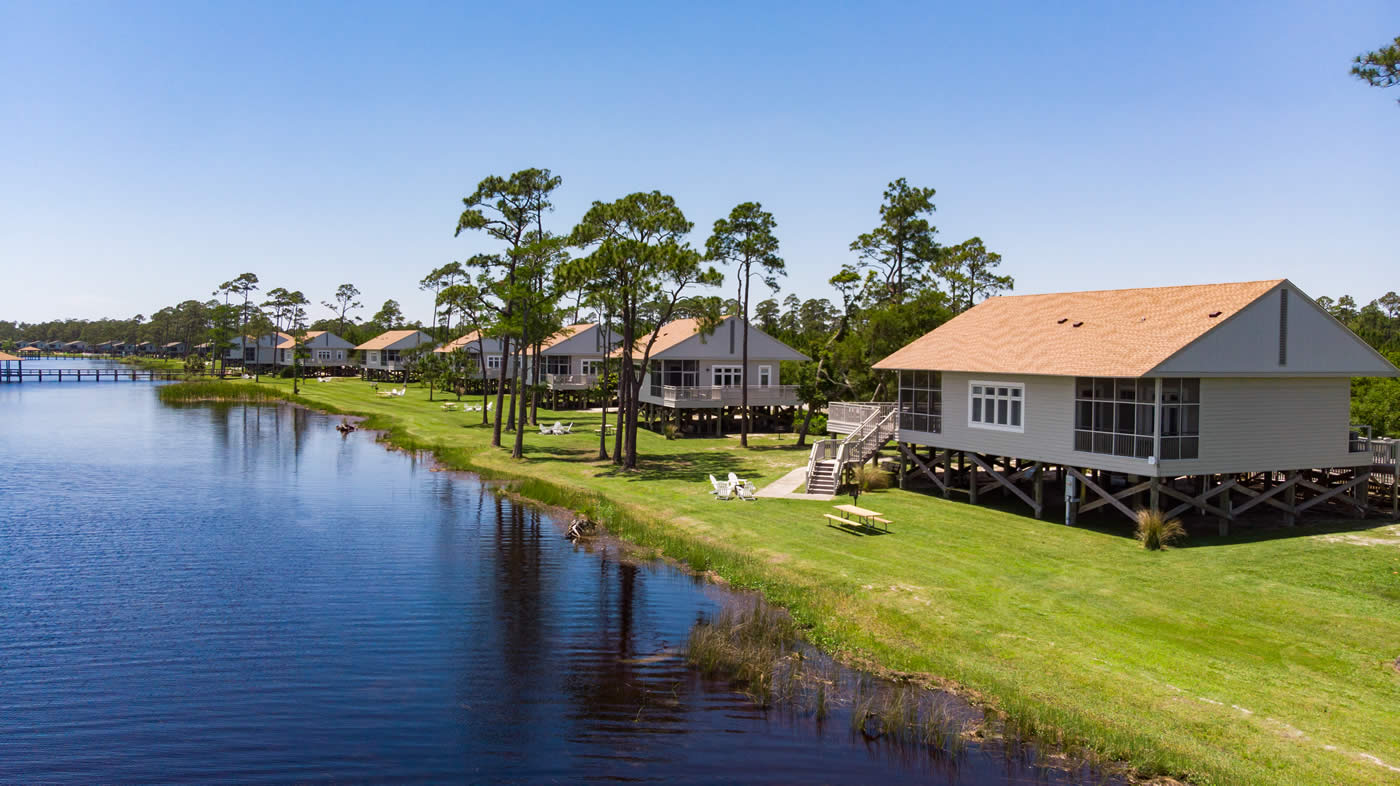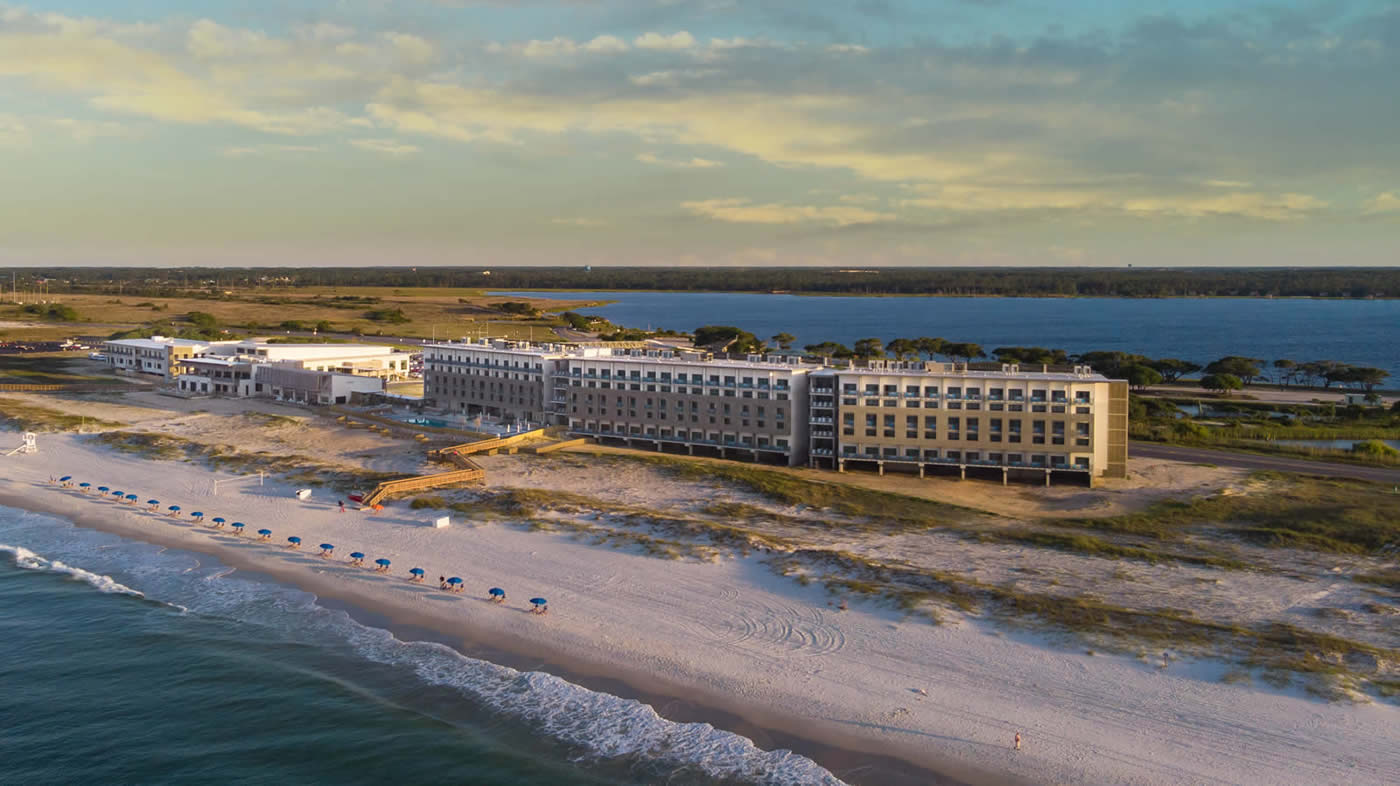A Long Local History
Alabama may have celebrated its 200th birthday in 2019, but people have been calling the rolling tides of the Gulf Coast home for a whole lot longer.
Gulf State Park opened in 1939, but it took a little longer before the neighbors made it official. The two cities of Gulf Shores and Orange Beach that bookend the park are much younger. The City of Gulf Shores incorporated as the Town of Gulf Shores in 1956, while the City of Orange Beach incorporated as recently as 1984. But don’t let this apparent youth fool you, these communities have existed for many generations.
Baldwin County where the two communities and the park are located is older still. It’s the largest county in Alabama and was created by the Mississippi Territorial Legislature in December 1809, ten years before Alabama became a state.
Click through a brief history of Gulf State Park via the interactive timeline below.

Early History
The Gulf of Mexico’s Long Memory
The Paleo-Indians, who lived here as far back as 13,500 years hunting the American mastodon eventually gave way to complex and connected communities of native peoples all along the Gulf Coast.
Thriving and Complex Communities
More than 600 years ago, the Mississippian Indians that lived along the coast also dug the first canals connecting Mobile Bay to the Gulf of Mexico by joining Oyster Bay to Little Lagoon. These canals made it possible to travel from Mobile to Pensacola to borrow, sell, and trade stuff with their neighbors. Connecting the park’s lakes to the back bays kept the native travelers safe from the dangers of open water. You can see the remains of these canals along several trails in the park. Archeological digs are currently underway in Gulf Shores to uncover areas of these canals.
Large burial and shell mounds are not uncommon in coastal Alabama and you can book a guided trip to explore the Bottle Creek mound site deep in the Mobile-Tensaw Delta.
Native Americans, including the tribes of the Creeks, Alibamas, Choctaw, Chickasaw, Cherokee and Seminoles, enjoyed the bountiful oysters, seafood and fish of the area.



